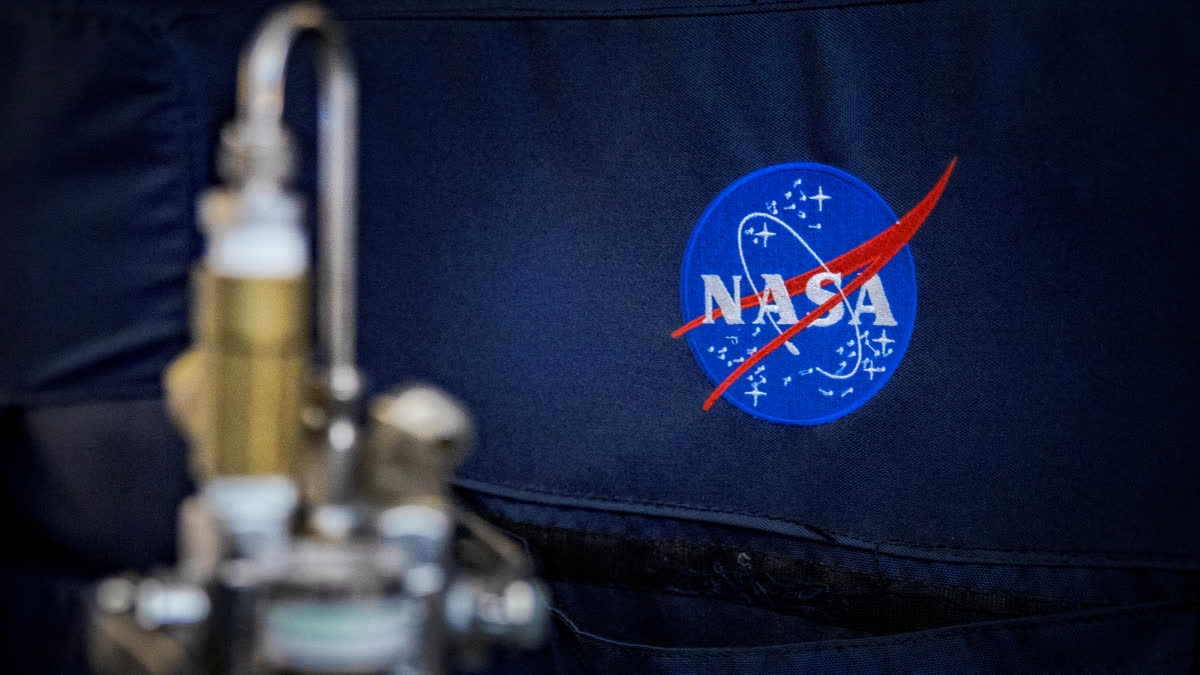Washington DC/Hyderabad: The National Aeronautics and Space Administration(NASA) is set to launch three sounding rockets during the total solar eclipse on April 8, 2024, to study how Earth’s upper atmosphere is affected when sunlight momentarily dims over a portion of the planet.
Several parts of the world will witness the Sun's disappearing act on April 8, as the Sun goes for its second total solar eclipse in seven years. The moon will glide over the surface of our sun, casting a shadow over a swath of Earth below. Along this path, the world will turn dark as night.
At the same time, NASA will launch its Atmospheric Perturbations around Eclipse Path(APEP) sounding rockets to study the disturbances in the ionosphere created when the Moon eclipses the Sun. The sounding rockets had been previously launched and successfully recovered from the White Sands Test Facility in New Mexico, during the October 2023 annular solar eclipse.
When will the Sounding Rockets Launched?
According to the space agency, the sounding rockets will launch at three different times: 45 minutes before, during, and 45 minutes after the peak local eclipse. These intervals are important to collect data on how the Sun’s sudden disappearance affects the ionosphere, creating disturbances that have the potential to interfere with our communications, NASA said.
What is an Ionosphere?
The ionosphere is a region of Earth’s atmosphere that is between 55 to 310 miles (90 to 500 kilometers) above the ground. It’s an electrified region that reflects and refracts radio signals and also impacts satellite communications as the signals pass through. Understanding the ionosphere and developing models to help us predict disturbances is crucial to making sure our increasingly communication-dependent world operates smoothly.
The ionosphere forms the boundary between Earth's lower atmosphere – where we live and breathe – and the vacuum of space. It is made up of a sea of particles that become ionized, or electrically charged, from the Sun’s energy, or solar radiation. When night falls, the ionosphere thins out as previously ionized particles relax and recombine back into neutral particles. However, Earth’s terrestrial weather and space weather can impact these particles, making it a dynamic region and difficult to know what the ionosphere will be like at a given time.
What will the Rockets Do?
The APEP rockets are expected to reach a maximum altitude of 260 miles (420 kilometers). Each rocket will measure charged and neutral particle density and surrounding electric and magnetic fields. Each rocket will eject four secondary instruments the size of a two-liter soda bottle that also measure the same data points, so it's similar to results from fifteen rockets, while only launching three, NASA informed.
Read More


